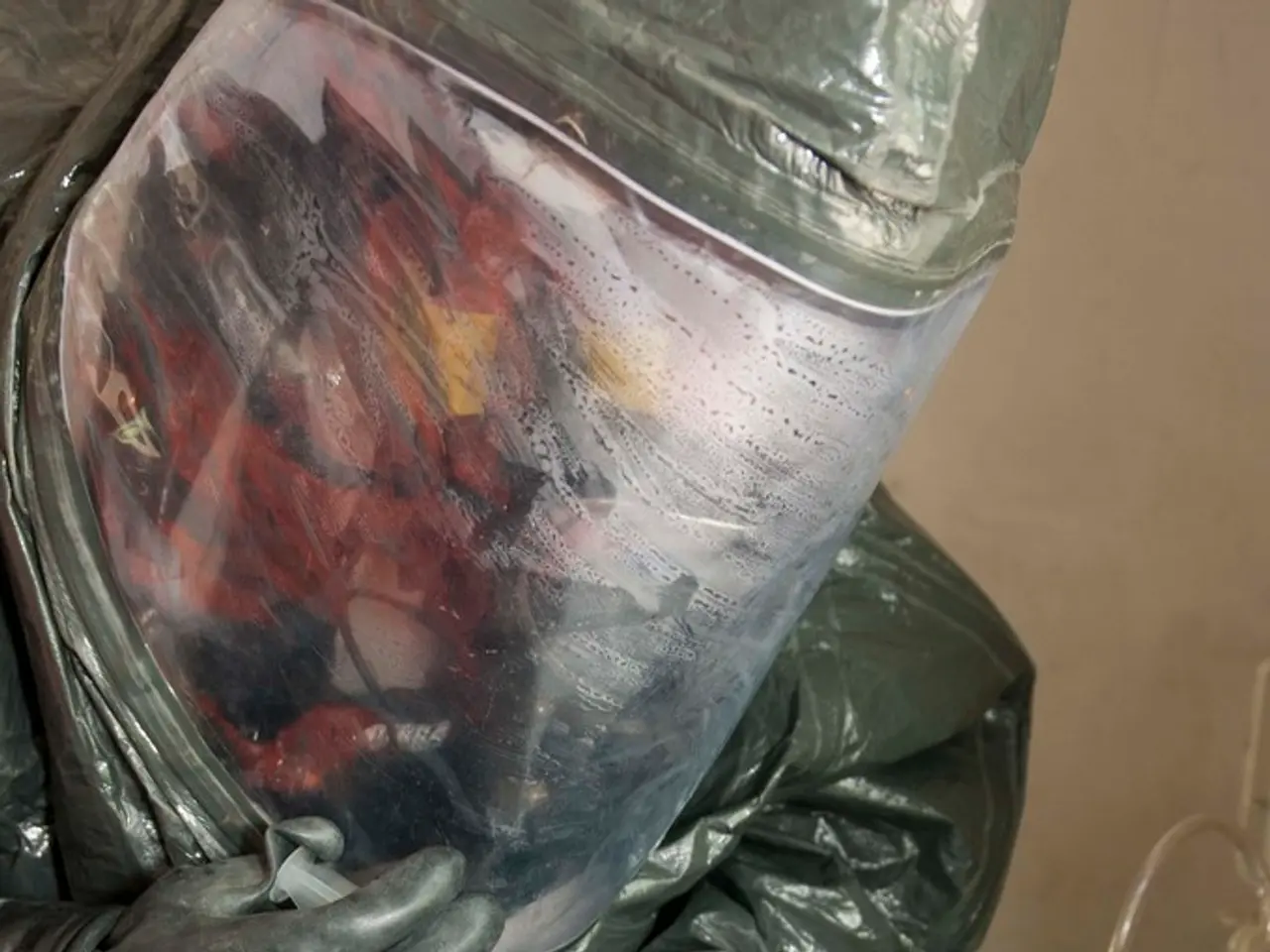Research alert: QuantiFERON-TB-Gold-Plus test questionable for use in patients with compromised immunity
The University of the Saarland announced the results of a recent study that underscores the importance of a comprehensive approach in diagnosing and treating tuberculosis (TB) in immunocompromised individuals. The study, which took place from 2015 to 2019, analyzed over 2,600 patients, with 1,788 having weakened immune systems, such as those who have undergone organ transplants or have HIV infections.
The study findings suggest that the QuantiFERON-TB-Gold-Plus (QFT-Plus) test, which measures the immune response to the tuberculosis bacterium, often produced false negative results in immunocompromised patients. As a result, healthcare providers should consider a patient's HIV status and overall immune status when diagnosing and treating TB.
When the QFT-Plus test is insufficient for diagnosing active TB in immunocompromised patients, alternative diagnostic methods recommended include microbiological tests such as acid-fast bacilli (AFB) smear and culture, nucleic acid amplification tests (NAATs), next-generation sequencing (NGS), imaging studies, and symptom evaluation and clinical correlation.
Microbiological tests offer direct detection of Mycobacterium tuberculosis, while NAATs, including the Xpert MTB/RIF assay, provide rapid and reliable detection with high sensitivity and specificity. NGS offers superior sensitivity and helps detect mixed infections, including TB and Pneumocystis jirovecii pneumonia (PJP), especially relevant given concurrent infections in immunocompromised patients. Imaging studies are critical adjuncts to detect radiological signs, and symptom evaluation and clinical correlation remain essential, especially since immunocompromised patients may have atypical or subtle symptoms that complicate diagnosis.
In summary, a multimodal approach combining microbiological tests (culture, smear), molecular assays (Xpert MTB/RIF, NGS), imaging, and clinical assessment is recommended when QFT-Plus alone is insufficient for diagnosing active TB in immunocompromised patients. The study's findings emphasize the need for a multi-factor approach to diagnosing TB in immunocompromised patients.
The research was conducted in eleven European countries and was led by Martina Sester and Christoph Lange. The study results indicate that a single test like the QFT-Plus may not provide accurate results for diagnosing active TB in immunocompromised patients. Tuberculosis poses a significant risk to immunocompromised individuals, and the study's findings suggest that a one-size-fits-all approach to diagnosing TB may not be effective for this patient group.
A multi-factor approach that incorporates various diagnostic methods, such as microbiological tests, molecular assays, imaging, and clinical assessment, is needed for accurately diagnosing active TB in immunocompromised patients, as demonstrated by the study. In these individuals, a single test like the QuantiFERON-TB-Gold-Plus (QFT-Plus) might not provide reliable results, which underscores the importance of a comprehensive diagnostic strategy in the field of medical-conditions, particularly within health-and-wellness.




